How to Reduce Energy Costs with Efficient Bathroom Extractor Fans
A bathroom extractor fan is a component that is used almost daily in many homes. Naturally the frequent usage can result in an accumulation of energy used, which translated to your energy bills. So how do you know if your extractor fan is using too much energy?
In this blog, we will share how to reduce energy costs with efficient bathroom extractor fans.
To prevent mould, fresh air should always be introduced into your dwelling daily, as it helps to regulate temperature and reduce condensation. Introducing fresh air can be as simple as having a ventilation routine, or installing extractors or PIV systems.
Having an understanding of the uses and reasoning for ducting can be just the information you require in order to get the correct ducting to fit your needs. Knowing how their differences can save you any potential mistakes if you choose to set it up yourself.
I-Sells is here to provide the answers you require whilst also supplying you with all the information you need to combat mould and have a well-ventilated home.
Can I calculate the energy consumption of my current bathroom

Yes. To calculate the energy consumption of your bathroom fan, you’ll need two pieces of information:
- Wattage of the fan: This information is usually found on a label on the fan itself.
- Average daily usage: Estimate the number of hours the fan runs per day.
Once you have this information, you can use the following formula:
- Energy consumption (kWh) = (Wattage x Hours of use per day) / 1000
Example:
- If your fan is 50 watts and runs for 30 minutes (0.5 hours) per day:
- Energy consumption = (50 watts x 0.5 hours) / 1000 = 0.025 kWh per day
To calculate the monthly consumption, multiply the daily energy consumption by the number of days in the month. To calculate the annual cost, multiply the monthly energy consumption by your electricity rate per kWh.
Please note that this is a basic calculation. Actual energy consumption may vary depending on factors like fan speed, temperature, and humidity.
Are old extractor fans energy efficient?
Generally, no, old extractor fans are not energy efficient. Technology has advanced significantly in recent years, and newer models incorporate energy-saving features such as:
- More efficient motors: These use less electricity to achieve the same airflow.
- Lower wattage: Modern fans often consume less power.
- Variable speed settings: Allow you to adjust the fan’s power based on needs.
Additionally, older fans may have become less efficient over time due to:
- Worn-out components: Bearings and motor parts can degrade, increasing energy consumption.
- Build-up of dust and grime: This can reduce airflow and make the motor work harder.
If you’re concerned about energy consumption, it might be worth considering replacing your old extractor fan with a newer, more energy-efficient model.
How to reduce energy costs with efficient bathroom extractor fans

Bathroom extractor fans, while essential for preventing damp and mould, can contribute to energy consumption. Here’s how to optimise their use:
Choose an Energy-Efficient Fan
- Look for energy labels: Similar to other appliances, some fans have energy efficiency ratings.
- Opt for low-watt models: Lower wattage generally means lower energy consumption.
- Consider fans with variable speeds: These allow you to adjust the fan’s power based on the level of moisture in the room.
Effective Usage
- Run the fan only when needed: Use it during and immediately after showers and baths.
- Utilise timers: Set a timer to turn off the fan automatically after a specific period.
- Open windows: When weather permits, open the bathroom window to increase ventilation and reduce fan usage.
- Regular cleaning: A clean fan operates more efficiently, reducing energy consumption.
Advanced Features
- Moisture sensors: These fans automatically adjust speed based on humidity levels, optimising energy use.
- Heat recovery ventilation (HRV): While more expensive, HRV systems can recover heat from extracted air, reducing energy loss.
Additional Tips
- Ensure proper installation: A correctly installed fan operates efficiently.
- Check for leaks: Seal any gaps around the fan to prevent air leakage and energy loss.
By following these tips, you can significantly reduce the energy consumption of your bathroom extractor fan without compromising its effectiveness.
Is there a way to ventilate my bathroom without using energy?
Unfortunately, there’s no completely energy-free method to effectively ventilate a bathroom.
While some natural ventilation can occur through open doors and windows, it’s often insufficient to remove the high levels of moisture produced during showers or baths. This can lead to mould, mildew, and unpleasant odours.
However, there are ways to reduce energy consumption:
- Open windows and doors: This allows for natural airflow, but it’s not always practical, especially in colder months.
- Effective shower habits: Shorter showers and ensuring the bathroom is well-ventilated immediately after showering can help.
- Dehumidifiers: These can help remove moisture from the air, but they do consume electricity.
For optimal ventilation and to prevent health and property damage, using a low-energy extractor fan is generally the most effective and practical solution.
Do I actually need ventilation in my bathroom?
Yes, you definitely require ventilation in your bathroom. Ventilation is crucial for a healthy bathroom environment.
Here’s why:
- Mould and mildew prevention: Bathrooms produce a lot of moisture, which is a breeding ground for mould and mildew. These can cause respiratory problems and damage to your bathroom.
- Condensation control: Moisture in the air can cause condensation on windows, mirrors, and walls, leading to damage and creating a damp atmosphere.
- Odour removal: Proper ventilation helps to eliminate unpleasant bathroom odours.
- Health and well-being: A damp and mouldy bathroom can negatively impact your health and well-being.
While opening a window can provide some ventilation, an extractor fan is usually necessary for effective moisture removal, especially in modern, well-insulated homes.
Can plants help with bathroom ventilation?
While plants can certainly add a touch of greenery and improve air quality, they cannot replace a proper ventilation system for your bathroom.
While some plants have the ability to absorb moisture from the air, the amount they can absorb is relatively small compared to the moisture generated during a shower or bath. To effectively remove moisture and prevent mould and mildew, a well-functioning extractor fan is essential.
However, plants can complement your ventilation system by:
- Increasing humidity levels: In some cases, particularly during winter when air can become dry, plants can help maintain a comfortable humidity level.
- Improving air quality: Some plants can filter out certain pollutants from the air.
So, while plants can be a beneficial addition to your bathroom, they should not be relied upon as the sole solution for moisture control. A combination of plants and proper ventilation is the best approach.
For optimum ventilation, we would recommend undertaking the following actions.
- Upgrade your extractor fan if it is old, or conduct maintenance on it every 6 months.
- Commit to a ventilation routine every time you shower or have a bath.
- Try not to keep your bathroom door closed at all times, with no air entering or leaving.
Buy bathroom fans today
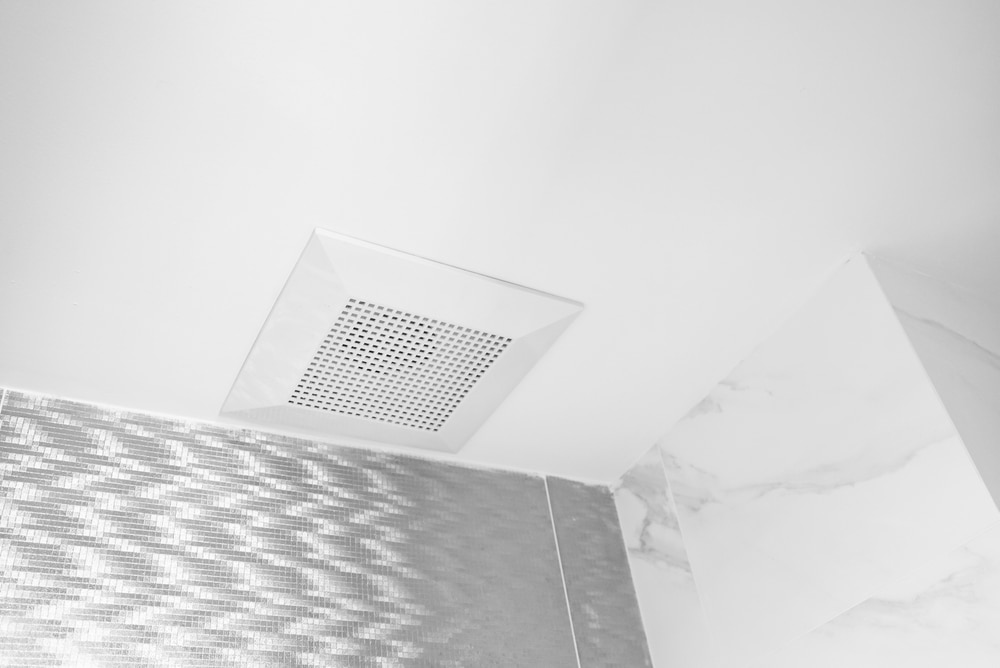
Before deciding to invest in our mould solutions. Be sure to visit our blog page to gain knowledge on the wide array of factors and issues surrounding ventilation, mould, condensation, and much more.
We hope to have given you relevant information on how to reduce energy costs with efficient bathroom extractor fans.
We understand you may have more questions, do not hesitate to contact us for more information with regard to whatever you require our help with. If you’d like to email us, click here. For other contact options, see below:
Call us on 020 8463 9696
Visit us at our showroom:
*OPENING TIMES*
Monday – Friday: 8:00 am to 5:30 pm
Saturday: 9:00 am to 12:00 pm
Sunday: Closed
15 St John’s Parade
Sidcup, Kent
DA14 6ES
United Kingdom

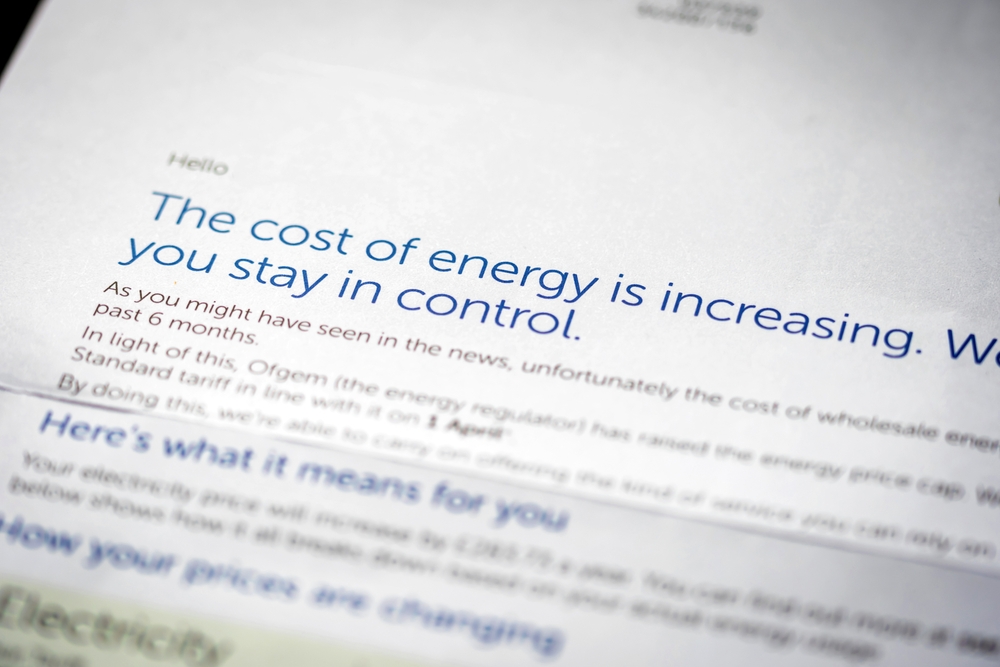
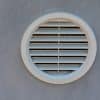

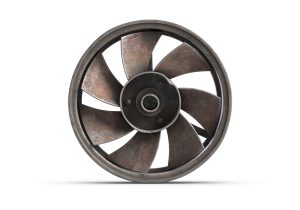

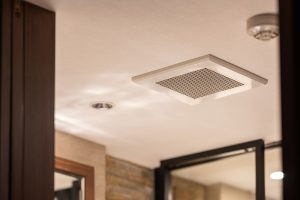





















Add comment
You must be logged in to post a comment.